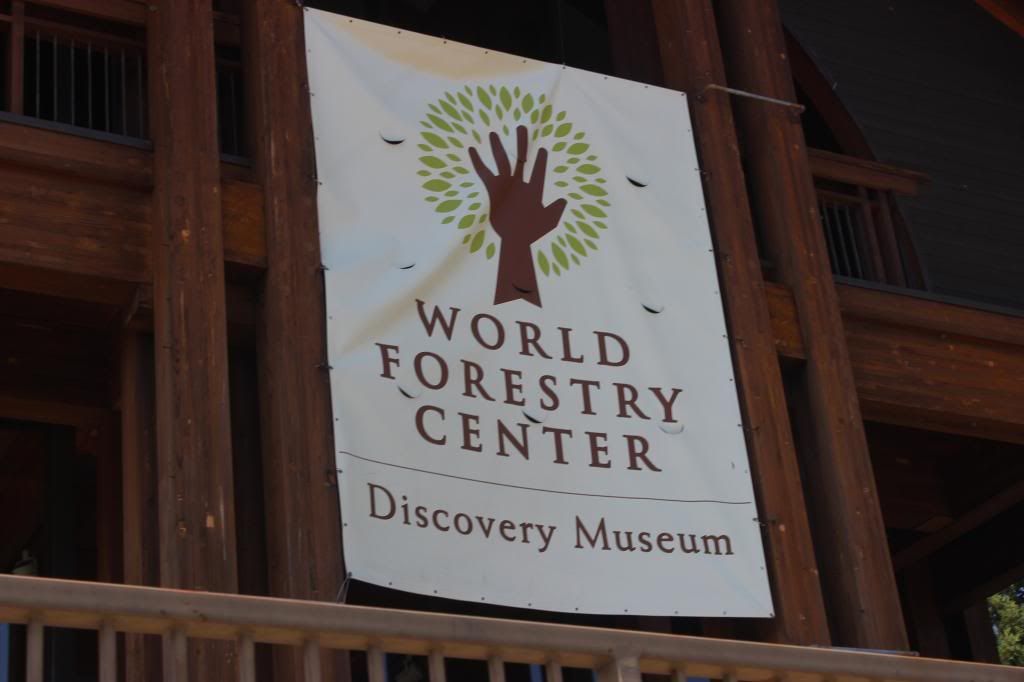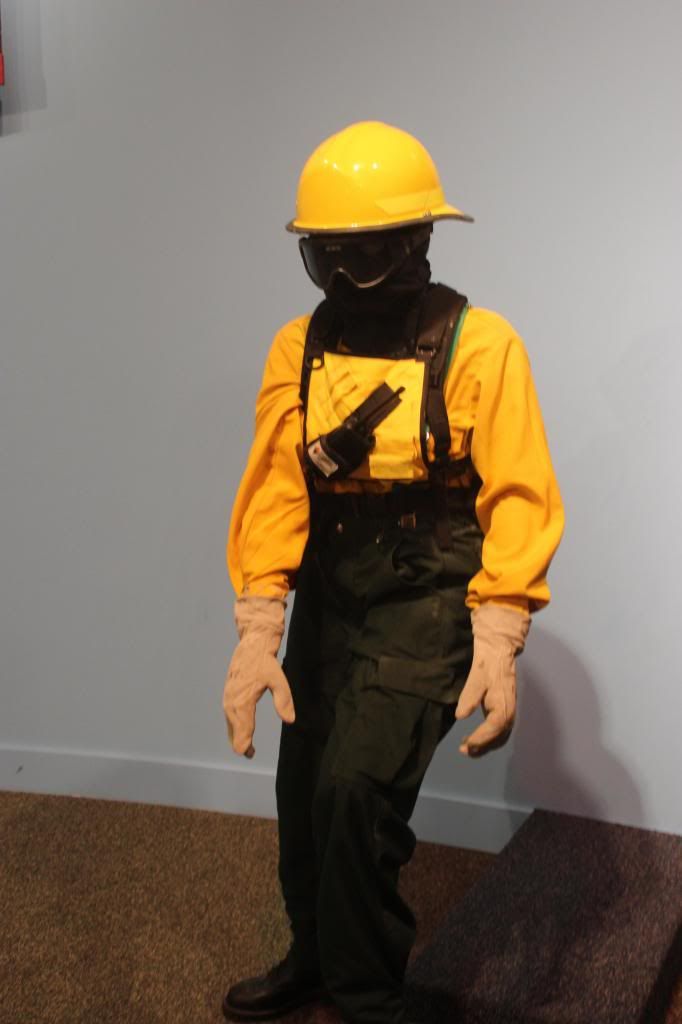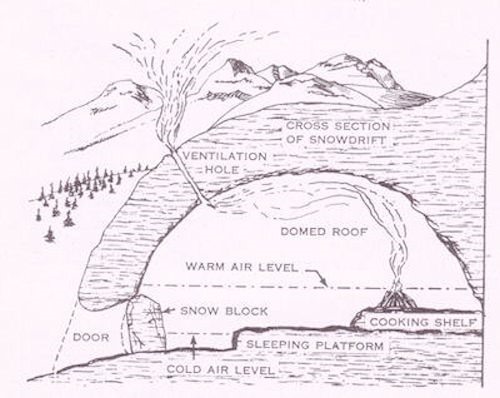
There are things around us that no matter the religious or spiritual background people describe as powerful! This is something that in my initial interviews for my film has radiated with me. The outdoors is often described by people as being spiritual.
Today I began researching a great mountaineer and educator named Willi Unsoeld. Unsoeld was part of the founding faculty here at Evergreen and other outdoor programs. He was part of the first american expedition on Everest. It is not his achievements that have my blood rushing and my heart pounding. It is his words.
Luckily for me the library has piles of audio cds of his lectures and speeches. Listening to these thoughts on the philosophy and psychology of the outdoors. As I write this now I am listening to him explain the groundwork of Evergreen.
Most people who are not involved in the outdoors often think of outdoor adventure as a conquest or a battle. While there are personal conquests in hiking, backpacking, climbing, and mountaineering these are not often the things that people take away from these adventures.
When I reflect on things I have done I don’t talk of the miles or terrain I have conquered . I talk of the feelings of beauty of being tired of being happy. I remember those moments that are small. Meals shared with one another. Cold nights in a tent. For me being outside changes who you are.
These are just reflections that I have made listening to these great lectures and speeches.





